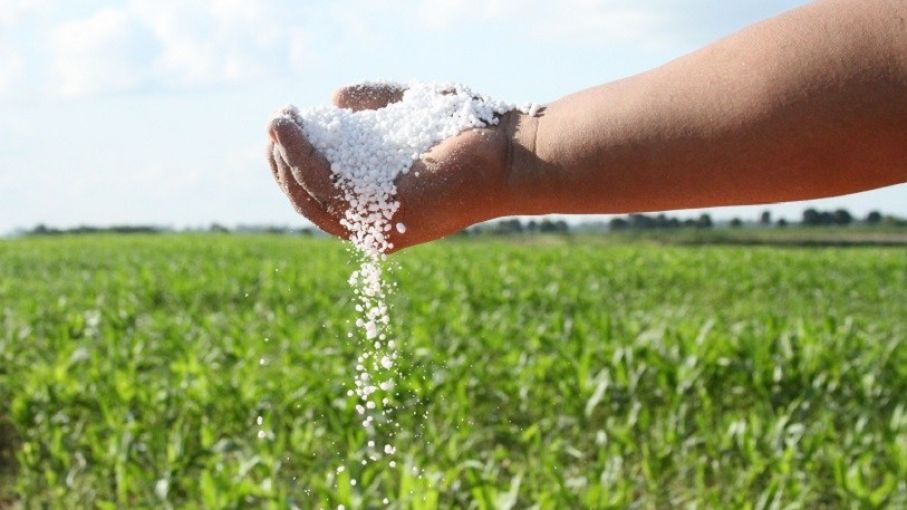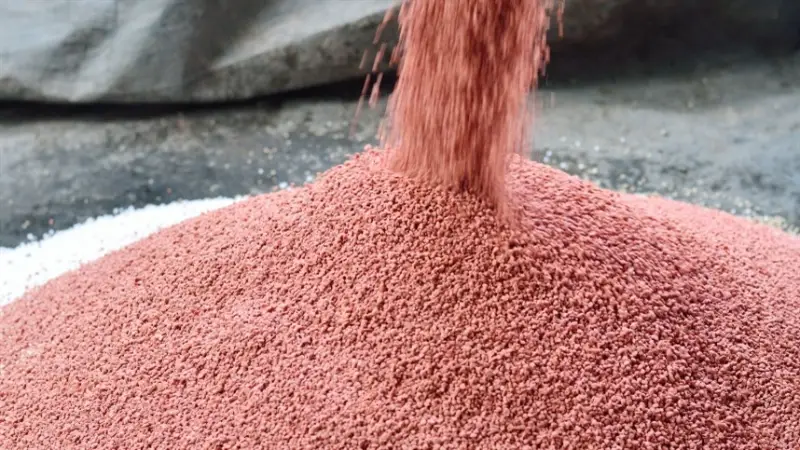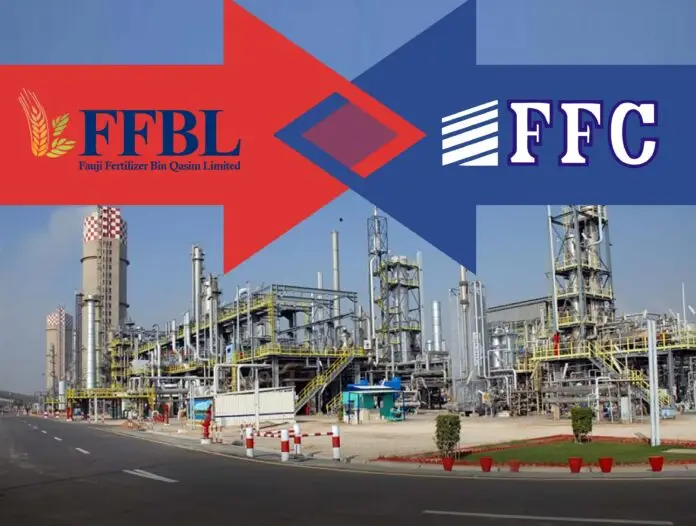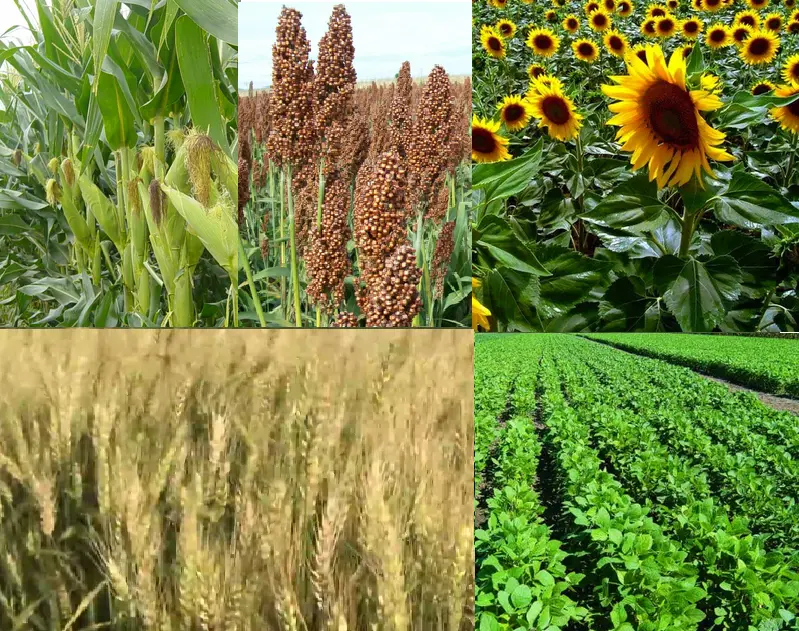On the global market, nitrogen fertilizer prices have fallen, but are expected to rise again in January. Among us, some additional developments have perpetuated this cyclical downturn.

A report on the ins and outs of the global fertilizer market claims that urea has taken a break but warns that it is reasonable to expect a rebound with the arrival of the new year. “It is the usual winter hibernation, with prices slowly declining in recent days,” he points out. He is already referring to the cold period in the northern hemisphere that begins in the last months of the year. “Trading activity remains as quiet as a snow-covered forest”.
World urea prices fell despite purchases of more than 1 million tons by India – the country that usually moves the fertilizer needle – and the outlook appears weak with no other market expected to step in in the short term. Brazil, the heavyweight of the global agribusiness, is leading the decline in the case of this nitrogen (average CFR USD 330).
If there is a month of lethargy in the urea world, it is clearly December. Pressure on prices for this fertilizer is growing as speculation mounts about the timing of the next tender that could halt the decline. “Buyers, like bears ready to hibernate, have retreated, leaving procurement plans in limbo. Few are willing to lift product now, preferring to wait until mid-January to wake up from the Christmas doldrums,” the specialist points out.
According to his expertise, January will mean getting going. The new year will bring a resurgence in global demand, which is expected to bring the urea market back to life. Europe, Latin America, the United States and India are gearing up to get back into action and turn the tide of December’s weakness. “So while it may look like the urea market is slumbering under the early winter snow, don’t worry, it’s just recharging.” January’s surge in demand promises to give prices a much-needed wake-up call, setting the stage for a dynamic start to 2025.
A report on the ins and outs of the global fertilizer market claims that urea has taken a break but warns that it is reasonable to expect a rebound with the arrival of the new year. “It is the usual winter hibernation, with prices slowly declining in recent days,” he points out. He is already referring to the cold period in the northern hemisphere that begins in the last months of the year. “Trading activity remains as quiet as a snow-covered forest”.
World urea prices fell despite purchases of more than 1 million tons by India – the country that usually moves the fertilizer needle – and the outlook appears weak with no other market expected to step in in the short term. Brazil, the heavyweight of the global agribusiness, is leading the decline in the case of this nitrogen (average CFR USD 330).
If there is a month of lethargy in the urea world, it is clearly December. Pressure on prices for this fertilizer is growing as speculation mounts about the timing of the next tender that could halt the decline. “Buyers, like bears ready to hibernate, have retreated, leaving procurement plans in limbo. Few are willing to lift product now, preferring to wait until mid-January to wake up from the Christmas doldrums,” the specialist points out.
According to his expertise, January will mean getting going. The new year will bring a resurgence in global demand, which is expected to bring the urea market back to life. Europe, Latin America, the United States and India are gearing up to get back into action and turn the tide of December’s weakness. “So while it may look like the urea market is slumbering under the early winter snow, don’t worry, it’s just recharging.” January’s surge in demand promises to give prices a much-needed wake-up call, setting the stage for a dynamic start to 2025.

In short, the urea market remains calm, but it won’t last long. For the rest, it remains to be seen what Trump will do from January with his idea of applying 25% tariffs on products from Canada, as well as the penalties outlined for China. It is believed that nitrogen products will be affected, but the damage to potassium products will be enormous. It remains to be seen how this will affect the global economy, given the weight of the United States in the agricultural world.
There are other spices among us. The government decided to cancel the advance payment of 95% of the PAIS tax for access to the importation of goods or services. It did this 30 days before the end of this tax. At the time of nationalization, such an advance payment was required, which was then used at the time of payment (access to the MUCL). It will no longer be compulsory.
The IF points out that this novelty has led to price changes, especially for urea, a product that has maintained its supply levels (production and imports) but whose demand has declined throughout the year. Some importers took the initiative and then others followed, basically due to the lack of demand affecting this and other products intended to supply nutrients to crops.
For the rest of the fertilizers, the consultant points out that there have been no significant changes, nor the volatility seen in urea. This is partly due to a balance between supply and low demand. Nitrogen solutions or sulphur nitrogen are in short supply because the main supplier of this market – as well as another usual supplier – has run out of available goods and has scheduled deliveries only from January. However, the modest demand has meant that prices have not risen.

The situation is similar for phosphate fertilizers. Some importers are reporting shortages of MAP and DAP. As a result, these products are not being offered as pure options, but through physical blending with straight superphosphate. This has kept prices stable. In the absence of supply, far from increasing, prices are balanced due to limited demand.
Certainly, a grower’s urea needs are less dependent on price than on cost structure and planting times. Therefore, these limited and circumstantial changes come at a time when they are of little use to the farmer, except in the case of late corn. In any case, the application of withholding taxes sterilizes any specific advantage that might be obtained.
FFC and FFBL merge to become Pakistan’s largest fertilizer producer

The merger of Fauji Fertilizer Bin Qasim Limited (FFBL) and Fauji Fertilizer Company (FFC) has formed the largest fertilizer company in Pakistan.
This significant development came after a local high court approved the amalgamation of two fertilizer plants from the Fauji Group. This led to larger conglomerates that enhanced their marketing efforts and effectively reached farmers with a combined offering of urea and DAP fertilizers.
FFC expressed optimism that, following the merger with FFBL and the potential acquisition of Agritech (formerly Pak-American Fertilizers LTD), the Board aims to create synergies and increase domestic fertilizer production to provide an affordable substitute for overpriced international products.
On December 4, 2024, the Lahore High Court officially sanctioned the merger, with an auditor determining a swap ratio of 4.29 FFBL shares for every FFC share. Additionally, FFBL announced on the Pakistan Stock Exchange (PSX) that the Lahore High Court’s Rawalpindi Bench issued a judgment on the same date in Civil Original No. 04 of 2024. This ruling approved the petition and sanctioned the Scheme of Arrangement dated September 26, 2024, for the merger of FFBL with FFC.
FFC confirmed this statement, noting that the Lahore High Court allowed the petition and sanctioned the merger scheme in the same session.
According to a report by Topline Pakistan Research, the merger has significantly strengthened the new entity’s market position. With its increased production capacity, FFC will hold a 46% market share in the urea market. In the case of DAP, FFBL remains the sole local manufacturer, further solidifying the merged company’s market dominance.
After the merger, FFC’s portfolio underwent several changes: its stake in Pakistan Maroc Phosphore S.A. in Morocco (PMP) will increase to 37.5%, its ownership in Fauji Foods (FFL) will rise to 66%, and its shareholding in Askari Bank (AKBL) will climb to 65%. Furthermore, FFC will hold 75% of FFBL Power Company.
However, a key risk associated with this merger is the fluctuation in gas prices. Concerns about a significant increase in gas prices for FFC exist, as the company currently receives gas at Rs580/mmbtu ($6.80), whereas its competitors pay Rs1,597/mmbtu ($18.80).
ARGENTINE MAIN CROPS OVERVIEW:

WHEAT: Meanwhile, wheat harvesting registered an inter weekly progress of 15.8 percentage points, reaching 63.9% of the suitable area. The average yield is 2.6 tons per hectare, and the total volume harvested so far is close to 10.6 million tons. After completing the winter crop surveys, interregional adjustments were made, resulting in an area expansion in the southwest of the agricultural area and “Cuenca de Buenos Aires”, and a reduction in the central and southeastern parts of Buenos Aires. However, this correction does not affect the total area or the production projection, as the expected yield increases in these higher-potential areas would offset the adjustment, maintaining the 18.6 million tons projection.
BARLEY: The barley harvest has reached 20.4% of the suitable area nationwide, with an average yield of 3.6 tons per hectare. Despite delays caused by last week’s rains, there was a bi-weekly progress of 16 percentage points, and due to the early start of the harvest, the advances compared to previous seasons are maintained. In the North of La Pampa– West of Buenos Aires, variable results are observed due to the heterogeneity of water availability throughout the crop cycle. In the Southwest of Buenos Aires–South of La Pampa, yields remain above average, while in the central and southeastern parts of Buenos Aires, they are close to average.
SOYBEANS: After an inter weekly progress of 11 percentage points, soybean planting covers 64.7% of the projected national area, marking a year-on-year advance of 5.2 percentage points. Additionally, 77.9% of the first soybean crop has already been planted, with sowing beginning in the NWA and NEA regions, where optimal moisture conditions have allowed for the widespread start of planting. Meanwhile, 59% of the early sowings are in the vegetative stages, and in the central region, the first fields are starting to enter reproductive stages under adequate water conditions. A total of 30% of the second soybean crop has been planted, with the greatest progress reported in both main production areas.
CORN: Corn planting for grain purposes progressed by 7.8 percentage points, reaching 55.6% of the total estimated area. Producers are focusing on late planting in the central and southern agricultural areas, although sowing has started in the northern part of the country, even though in an initial stage. In the province of Córdoba, due to the variability in surface moisture conditions, planting has advanced satisfactorily in Tercero Arriba, General San Martín, and the southern departments of the province, with the remaining departments awaiting rainfall to continue. On the other hand, the condition rated between Normal and Excellent slightly decreased to 97.9% of the total planted area after several weeks of improvement, partially due to late frosts and hailstorms that occurred in the central-southern part of Buenos Aires.
SUNFLOWER: Regarding sunflower, the entire standing area is in Normal/Excellent condition, with 77% having Adequate/Optimal moisture conditions. Currently, 79.2% is still in the leaf expansion stages, while 20.8% is in the floral button stage, reflecting a delay of 14 percentage points in entering reproductive stages, which is attributed to the late start of planting. However, this week, the first harvest tests were recorded in the NEA region, with yields exceeding 2 tonnes per hectare.

